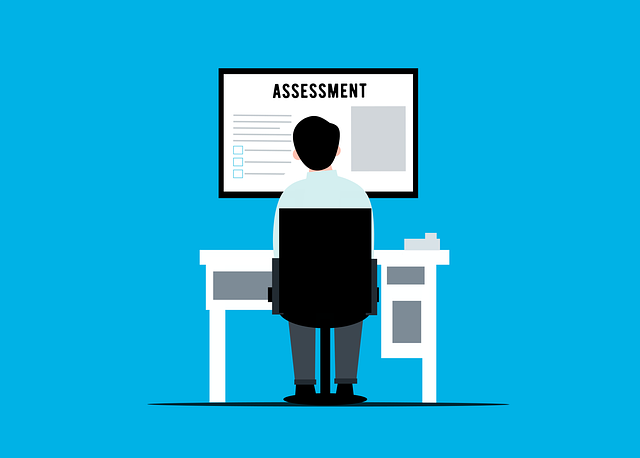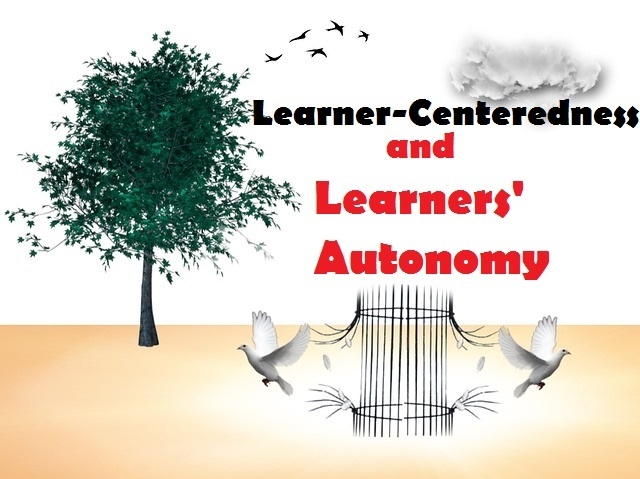Quick learning checks during and after lessons can be a powerful tool to enhance student learning, according to veteran teacher and author Jay McTighe. These formative assessments help gauge students’ grasp of concepts or their ability to apply new skills, while also guiding the teacher’s next steps in instruction.
Typically, these checks aren’t graded because their purpose is to provide feedback that improves teaching and learning, not to measure student achievement, McTighe explains. It’s crucial that students understand the goal of these assessments: mistakes are not only okay but expected, and they won’t be penalized for their responses.
Drawing from our archives and feedback from educators on social media, we’ve compiled a list of quick, low-stakes formative assessments that offer a variety of flexible and fun ways to check student understanding in your classroom.
- Write a Headline: After a lesson, ask students to summarize it in a headline. Teacher Sarah Cook limits her students to six words, pushing them to focus on what’s most essential.
- Sit Down/Stand Up: Ask true/false questions during or after a lesson, with students standing if they agree, sitting if they disagree, or squatting if they’re unsure. Teacher Jess Mark suggests having students keep their eyes closed to reduce self-consciousness.
- Draw a Comic: Have students summarize the lesson in a comic strip with up to five frames, then explain it to their classmates. This activity not only reinforces learning but also helps students see what their peers took away from the lesson, says educator Kim Allsup.
- Color Cards: Throughout the lesson, ask students to hold up colored cards: green means “I understand,” yellow means “I’m a bit confused,” and red means “I need help.” Bobin Manchanda takes it further by having students write their names on Post-it notes and place them in color-coded zones on the board.
- Mini Debate: Select a few students to debate or discuss a topic from the lesson while the rest of the class listens. You can even record it and have students turn the discussion into a mini-podcast, suggests educator Todd Finley.
- Connect to Your Life: Sarah Nawras Sandouk asks students to link what they’ve learned to real-life situations, such as how they might use a grammar rule or historical fact in their everyday lives.
- Create a Quiz: Students can create test questions based on the lesson, then answer a couple of their own questions in paragraph form. For added interaction, have students trade questions and answer their peers’ work.
- Quick Check-In: At the end of class, ask students to “take a selfie” or choose an emoji that represents how they felt about the lesson, with a caption explaining what they learned, suggests teacher Tarita Reeves.
- Compose an Acrostic: Have students choose a vocabulary word from the lesson and write an acrostic poem, where each line starts with the next letter of the word.
- Knowledge Walk: Students can write a one-sentence summary of something they learned on a whiteboard or sticky note, then take a “knowledge walk” to see what their classmates wrote, says Greg Evans.
- Have a Chat: Quick one-on-one conversations with students can give valuable insight into their understanding and areas of struggle. While time-consuming, teacher Laura Thomas says it’s not necessary to speak to every student after every lesson.
- Tweet It: Have students summarize the lesson in a 280-character tweet, suggests Todd Finley. For more engagement, let students respond to each other’s tweets and create hashtags.
- Use Your Hands: Jay McTighe suggests using hand signals to gauge understanding: thumbs up if they understand, a wave if they’re unsure, and thumbs down if they’re lost. Sherri Rockstad Simpson uses fingers—students hold up 1 to 5 fingers to show their level of understanding.
- Sticky Note Takeaways: Students write one takeaway from the lesson on a sticky note and post it on the whiteboard, allowing classmates to learn from each other’s notes.
- Misconception Check: Present students with a common misconception and have them identify the flaw and correct it with a clear explanation.
- Self-Assessment: Encourage students to assess their own learning by identifying strengths and areas for improvement using a rubric, or by writing their names under topics they find challenging.
- Just One Word: Have students summarize a key person, event, or concept in one word—a great way to prompt creative, critical thinking.
- Summary Poem: Ask students to list 10 key vocabulary words from the lesson and write a free-verse poem using those words, or summarize the material while incorporating those terms.
- Concept Maps: Have students create a visual web connecting ideas from the lesson, like factors affecting plant growth or how a bill becomes law.
- Help Plan the Next Lesson: Teacher Mark Hansen breaks his class into groups to discuss what needs review or clarification, then gathers their feedback to guide the next lesson.
- 3-2-1: A classic formative assessment, where students list 3 things they learned, 2 things they found interesting, and 1 question they have. Teacher Meghan Mannarino uses this approach, while others like Jessica Case-Martinez ask for variations, like 3 words to describe the day.
- $2 Summary: Tell students they have $2 to summarize the lesson, with each word costing 10 cents. It’s a quick way to check understanding and even introduces a bit of math into the activity.
- What’s Someone Else Wondering?: Instead of asking for questions directly, have students think of a question someone else in the class might have about the lesson. This approach often helps students who might not otherwise raise a question.
- Vote With Your Feet: Post signs in the corners of the room—Agree, Mostly Agree, Mostly Disagree, and Disagree—and have students move to the appropriate corner based on statements related to the lesson.
- One-Minute Jot: Teacher Angie Huels gives students 60 seconds to reflect on the day’s lesson by answering: What was the most important thing you learned? What questions do you still have? What suggestions do you have for our class?
- Help a Classmate: Students write their questions on the whiteboard, and classmates who know the answers can write responses or volunteer to discuss the topic one-on-one.
- Get Creative: Encourage students to express their understanding through creative activities like drawing, sculpting, or acting out concepts. Laura Thomas notes that these creative outlets can help students synthesize their learning.
- Teach Someone: Ask students to teach a new concept to a peer or younger student, or write a letter explaining the concept, suggests Todd Finley. This can highlight gaps in their understanding and deepen their knowledge.
These quick and easy formative assessments help make learning visible and allow teachers to adjust instruction on the fly, creating a more responsive and engaging classroom.







